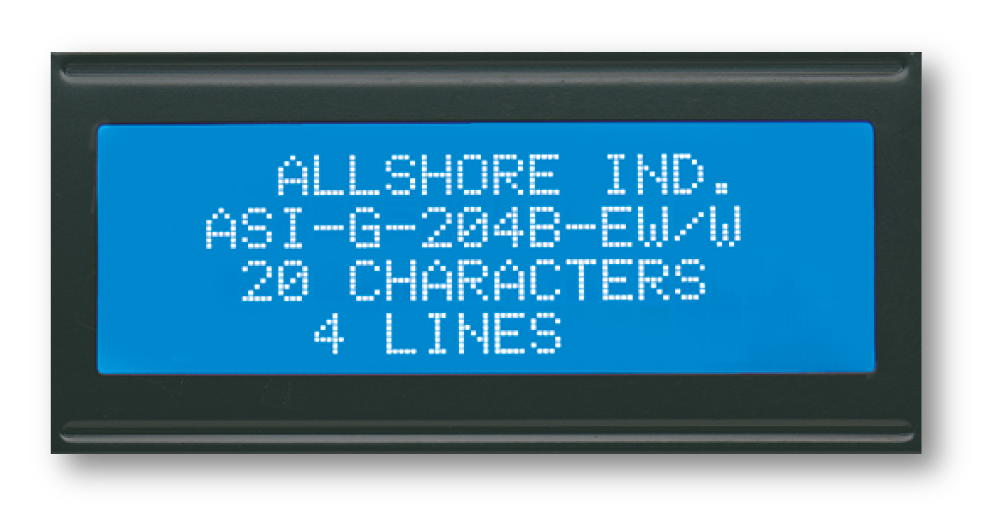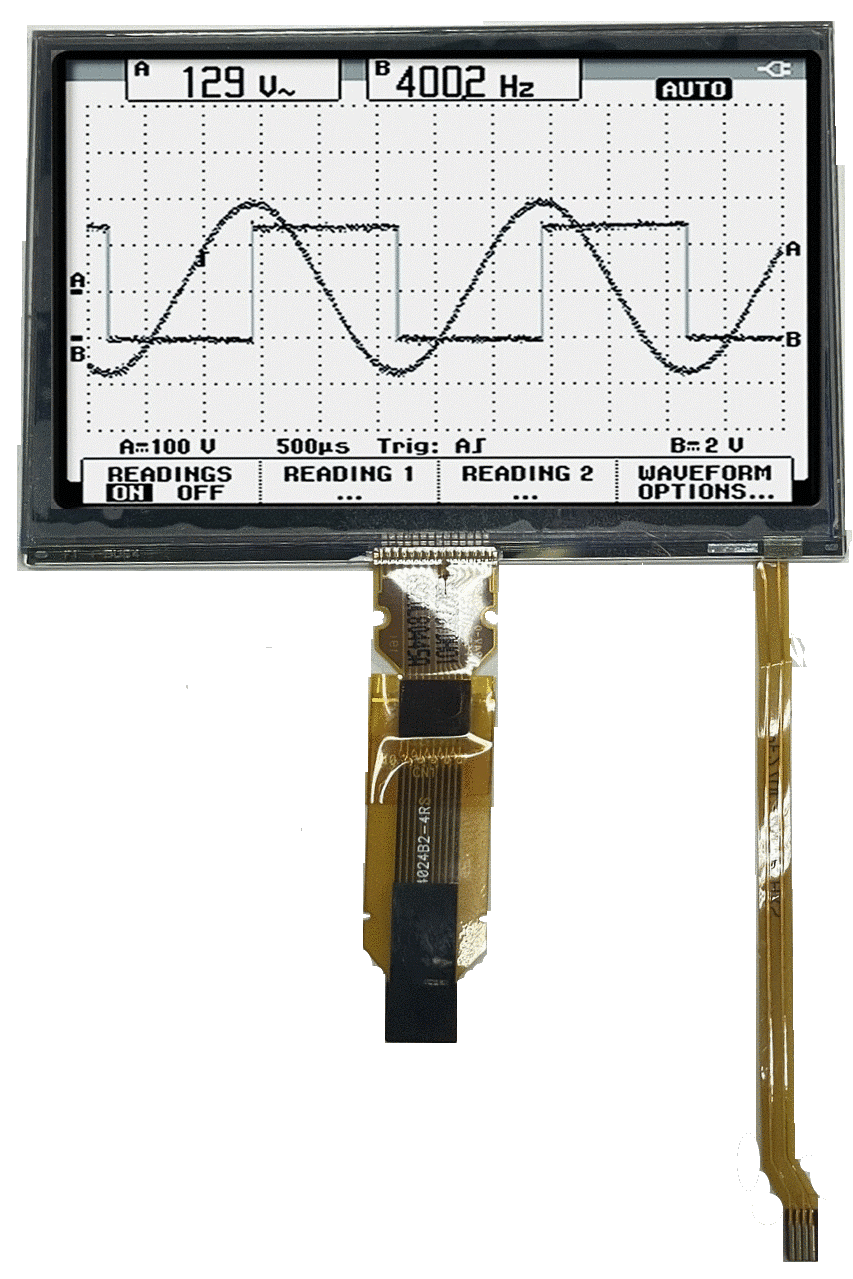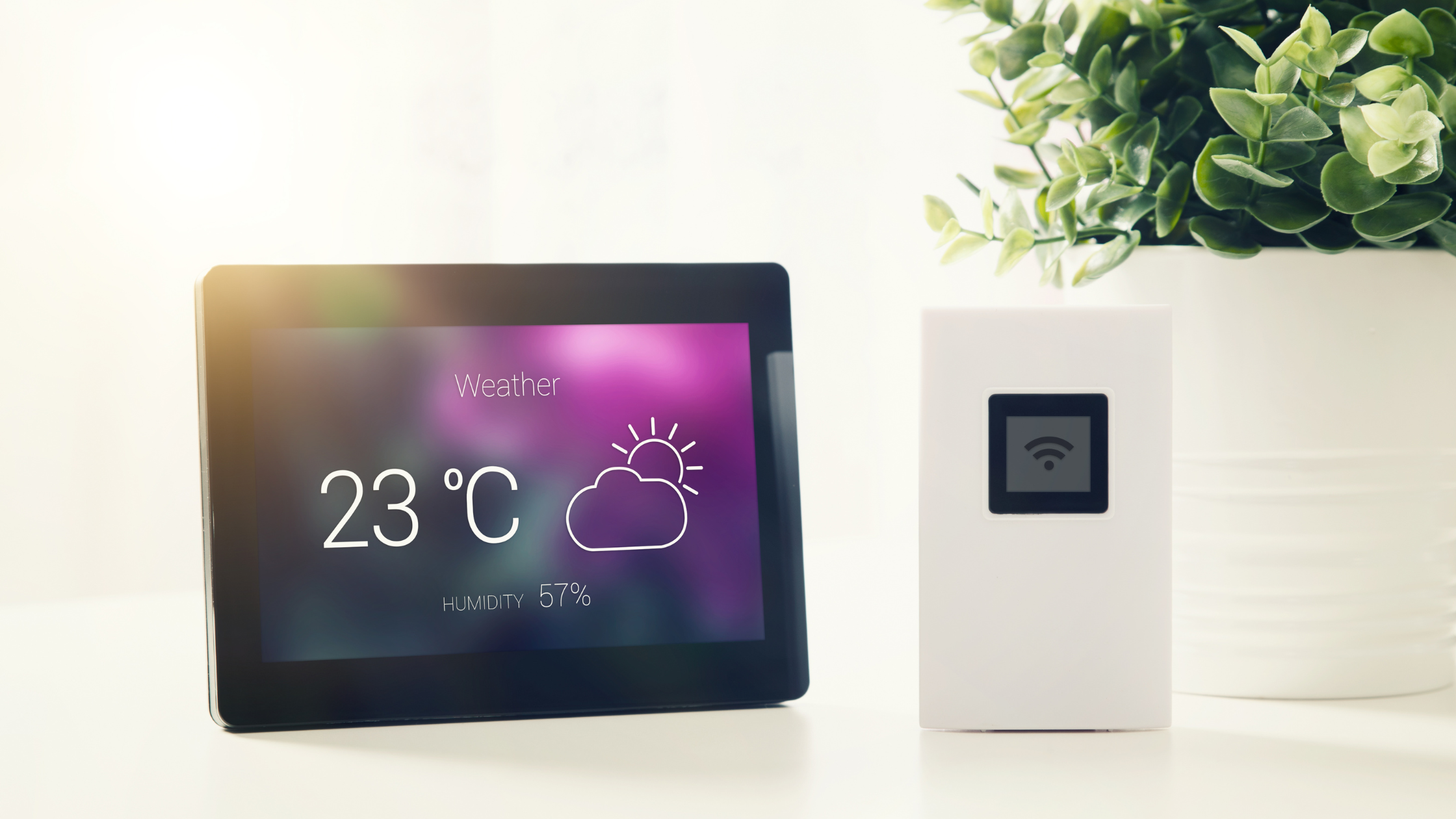How To Choose The Right LCD Backlight
The proper LCD backlight is essential for optimal screen brightness, clarity, and efficiency. Whether designing industrial equipment or consumer electronics, selecting the proper LCD backlight technology impacts energy consumption, color accuracy, and overall display performance.
LCD panels don’t emit their own light, so you need a reliable backlighting solution to ensure visibility across different environments. This means finding a backlight that works well in both indoor and outdoor settings, as well as in low-light and high-glare conditions.
So let’s dive in and talk about the basics and what you need to consider.
What Is An LCD Backlight?
A display backlight is the light source placed behind or beside an LCD panel that makes the image visible. Liquid crystal displays (LCDs) can block or allow light to pass through, but they don’t produce any light themselves. There are LCDs and TFT displays that are “reflective,” meaning they use ambient light and do not require any backlight. (More on this later.)
Historically, different light sources were used to illuminate the LCDs. These included:
- CCFL (Cold Cathode Fluorescent Lamp)
- EL (Electroluminescent)
- LED (Light-Emitting Diode)
Electroluminescent (EL) vs. LED Backlight Lifespan and Power Considerations
EL backlights typically have a half-life of approximately 3,000 hours, significantly shorter than LED backlights, which range from 50,000 to 70,000 hours. The lifespan of LED backlights can vary based on factors such as operating temperature, drive current, and the use of Pulse Width Modulation (PWM).
Note: “Half-life refers to the point at which the backlight’s brightness has diminished to 50% of its original level, not complete failure.
Unlike standard character or graphic LCDs that operate on DC power, EL backlights require an AC power source. This necessitates using an inverter and may require additional shielding to mitigate Electro-Magnetic Interference (EMI). EMI is especially critical in applications where intrinsic safety is a design requirement.
Today, EL and CCFL are no longer used, having been replaced by LEDs.
LCD backlights can also be placed in different ways:
- Edge-lit: LEDs are placed around the edges of the screen. These are perfect for thin displays.
- Back-lit: LEDs are placed directly behind the screen. A back-lit LED provides more uniform brightness.
- Mini-LED: Same as above, but uses thousands of much smaller LEDs for more precise local dimming.
- RGB LEDs: Tri-colored LEDs produce a wider color gamut. Used today in small monochrome display panels, where the color will alert the user to emergencies or critical situations. This placement is also standard on TFT displays.
- Choosing the right setup depends on your design needs.

What To Consider When Choosing an LCD Backlight
When considering what backlight technology you need, keep in mind the following:
Environment
Will your device be used outdoors, indoors, or both? Outdoor displays face direct sunlight, wide temperature swings, and sometimes rain and dust. Examples of outdoor displays include handheld meters, outdoor security systems, agricultural machinery monitors, and controls for construction equipment.
Power Efficiency
If you’re designing a battery-powered device, you’ll want a backlight that draws as little power as possible. Examples include:
- handheld instruments such as environmental testing meters
- medical devices such as portable ECG machines and glucose monitors
- GPS devices
- wearable devices
- surveying equipment
- field service equipment
- remote controls for industrial or agricultural machines
- portable gaming consoles.
Brightness and Contrast
Displays used in bright environments need stronger backlights. Will your end-users be reading the screen under direct sunlight, in a dark room, or somewhere in between?

Transflective TFT Displays for Sunlight Readability
Transflective TFT displays offer a solution for visibility in direct sunlight while still incorporating a backlight for low-light environments. These modules combine LED backlighting with a reflective layer that leverages ambient light to maintain readability outdoors, using significantly less power than high-brightness transmissive displays.
This dual-mode operation makes them ideal for outdoor or portable applications; however, transflective TFTs are typically more expensive than standard transmissive models and are most often used in small display sizes.
Color Accuracy
Getting the colors right is crucial for applications such as medical imaging, product displays, graphic design tablets, portable drawing displays, and aviation instruments.
Size and Thickness
An edge-lit backlight will be better if you’re designing a thin device.
Durability and Lifetime
Some environments are tough–extreme temperatures, dust, vibration, and moisture all affect the backlight’s performance over time. For example,
- Industrial control panels on factory floors
- military and defense equipment
- Agricultural machinery displays
- construction equipment monitors
- medical diagnostic machine (used in emergency or mobile settings)
- marine electronics, like boat navigation systems.
Take the time to match your backlight choice to your real-world conditions, not just the ideal ones.

Matching LCD Backlight To Device Application
Consumer Electronics
The most critical factors are power efficiency and size. Edge-lit LEDs are usually the best choice for keeping devices slim and maintaining high battery life.
Transportation and Automotive Displays
You need high brightness for readability in sunlight, plus durability against vibration and temperature changes.
Outdoor Displays
Very high brightness (1000 nits or more), or transflective, is usually needed, along with weather-resistant designs.
Choosing the right backlight makes a big difference in how your device feels, performs, and looks when in real-life conditions.
Conclusion
Selecting the proper LCD backlight is more than just a minor design detail – it plays a significant role in the performance and lifespan of your product. Consider your application, environment, and user needs early in the design process. Working with a supplier who knows how to match the correct display and backlight to your specs ensures that your final product meets all your needs.